
John August Earl Bergstrom
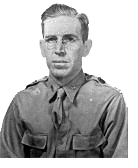
On December 8 1941, Captain John August Earl Bergstrom, 34, was serving as an administrative officer with the 19th Bombardment Group at Clark Field in the Philippines when he was killed. A graduate of Texas A&M University, Capt. Bergstrom was the first native Austinite to be killed in action during World War II. At the urging of his former employer, Austin National Bank, Lyndon B. Johnson, who at the time was a member of the U.S. House of Representatives from Texas’s 10th District, prevailed upon the U.S. Army Air Force to rename a base recently opened in Austin after its fallen son.
On March 3, 1943, the Del Valle Airfield was officially renamed the Bergstrom Army Airfield. When the Air Force split from the Army to become its own military branch in 1948, the base was renamed Bergstrom Air Force base. It would have this name until it was decommissioned in the early 1990s, with all military aviation ceasing in 1995, after more than 50 years of faithful service.
AUS stands on the foundations of the base named after Captain Bergstrom. Opening in 1999, Austin-Bergstrom International Airport carries on the legacy of Bergstrom Air Force Base.
Bergstrom Air Force Base
Bergstrom Air Force Base, located in Southeast Austin, was home to the U.S. Air Force’s aircraft reconnaissance fighter fleet. Following the end of the Cold War, the base was closed through the nineteen ninety-one Base Realignment and Closure Commission. Leading up to its closure in nineteen ninety-three, City leaders were already eyeing it as a potential site for Austin’s new and improved commercial airport. After receiving passing grades from the Federal Aviation Administration, and with the support of Austin residents and City Council, the City of Austin began to transform the military base into a commercial airport. Turning four thousand one hundred acres of land into public use.
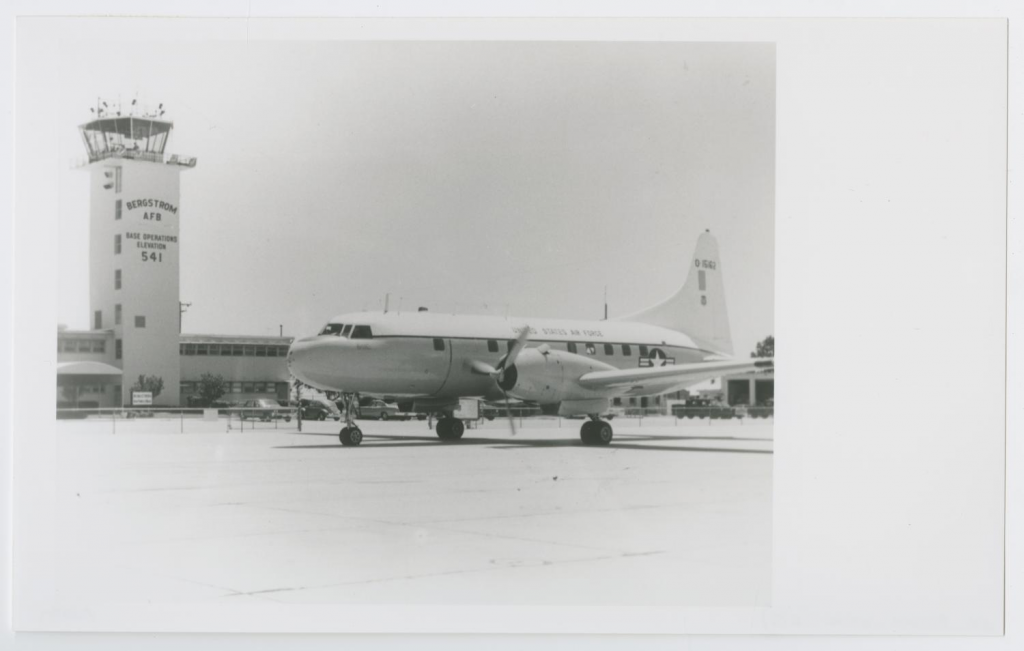
Austin's First Airport - Robert Mueller Municipal Airport
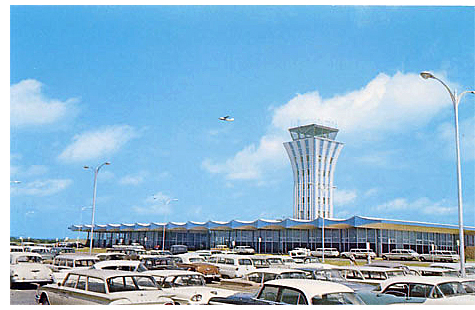
In the late 1920s, Austin City Council requested that the Army Corps at Kelly Field in San Antonio send a pilot over Austin to identify a suitable site for a municipal airport. Claire Chennault, who later became famous with the World War II “Flying Tigers,” recommended Matthews farm tract four miles NE of downtown Austin. This became Robert Mueller Municipal Airport, owned by the City of Austin and honoring a City Council Member who died while in service. Officially dedicated on October 14, 1930, the main terminal building was dedicated on May 27, 1961, then expanded in 1983. The east terminal was dedicated in April 1990.
Like many older airports, Mueller was on the outskirts of town in1930. Austin’s population grew rapidly, becoming a high-tech hotspot and flights into the city increased substantially. Mueller sat landlocked on 711 acres in the middle of Austin, with urban growth on all sides.
Bergstrom Air Force Base becomes Austin-Bergstrom International Airport
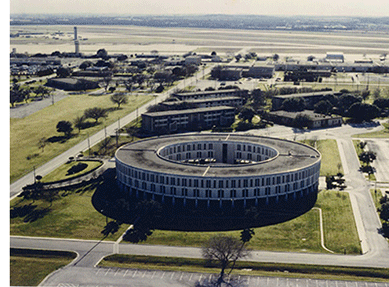
Eight miles from the Capitol was Bergstrom Air Force Base, slated for closure in 1990 by order of Congress, still a fully operational military facility. When the Base Realignment and Closure Commission finally decided to decommission it, the land was returned to the City of Austin. In May 1999, Robert Mueller Municipal Airport was closed and Austin-Bergstrom International Airport opened May 23, 1999. ABIA was the first airport be built under the Base Realignment and Closure Commission. What might have been an economic blow, not to mention the ongoing problem of caring for an abandoned military facility, had been averted. As Mayor Kirk Watson said at the time, "Austin turned lemons into lemonade."
City of Austin officials pledged that no tax dollars would be used to build Austin-Bergstrom International Airport. Even though the City of Austin owns the facility, the airport is not supported by the City’s general fund. The people and businesses that use the airport pay the entire ongoing budget. Any revenue generated from the airport goes back into its operations, covering its operating expenses.
Runways Named for Distinguished Politicians
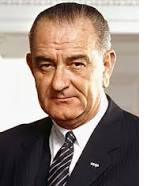
In 1999, the Austin City Council dedicated the West Runway (17R/35L) to the late President Lyndon Baines Johnson, a Texas native.
LBJ, a colorful character, frequently visited his Johnson City ranch by landing at Bergstrom. Before his visits, base personnel would paint all the dead grass green visible from the runway and Presidential Boulevard.

The East Runway (17L/35R) is dedicated to former Congressman J.J. “Jake” Pickle.
Throughout three decades in Washington, he never lost touch with the home folks, returning to Austin weekly, and during political campaigns - which he loved - two or three times a week. Because of the frequency with which Jake traveled, whichever airline he flew was dubbed "the Pickle Special.
Barbara Jordan
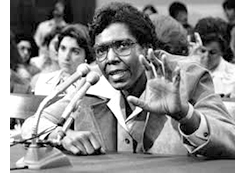
Barbara Jordan (1936-1996) believed deeply in the Constitution and an America made up of diverse people bound by common beliefs. “E Pluribus Unum” — “in unity we are one,” was one of her favorite sayings used frequently in her speeches.
As an elected official Barbara Jordan accomplished many firsts. She was the first African American to serve in the Texas Senate since Reconstruction (1966-72), and the first African American woman elected to the U.S. Congress from the South (1972-78), and the first woman to deliver the keynote address at a national party convention (Democratic Convention 1976, and again in 1992).
Her riveting Watergate testimony in 1974 inspired America's attention to the strength and foundation of the Constitution of the United States of America. Many Austinites remember her fondly as an educator at The University of Texas at Austin/LBJ School of Public Affairs (1979-96) and, respectfully as Governor Ann Richards' counsel on ethics. Many also remember well the way she captivated listeners with her powerful voice, oratorical skills, and her ability to clarify complex moral issues of the day.
Throughout her life, Barbara Jordan instilled in Americans everywhere the hope for ethical leadership and racial equality and harmony.
Barbara Jordan Memorial Statue
The first life-sized statue of the late Barbara Jordan resides in the Austin-Bergstrom International Airport. Created by California artist Bruce Wolfe, the bronze sculpture depicts Jordan seated, in deep thought, with her fingertips pressed together; her glasses and a book placed in her lap.
The life-size sculpture is the first major, public piece in the country to honor Jordan and it is a landmark for all who visit the Barbara Jordan Terminal, named in her honor.
City of Austin Aviation Department officials unveiled the statue in November 2002.


